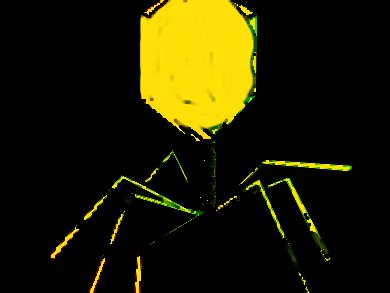Maxim Berezovski, University of Ottawa, Ontario, Canada, and colleagues present a DNA-based biosensor to determine virus viability in about 15 minutes. The sensor uses DNA strands, aptamers, which can bind specific proteins on the surface of the virus. The aptamer-based viability sensor is taking advantage of the tunable specificity of aptamers. This is said to enable the sensor to distinguish between viable and nonviable virus.
Seven strong binding aptamer sequences were attached to gold electrodes on a chip. The resistance of the electrode would drop in proportion to the number of bound particles. So live viruses could be detected and quantified. The researchers tested their sensor with a mixture of live and dead viruses and said they could detect as little as 60 live virus particles in 1 µL of solution.
The sensor opens a new venue for the development of a variety of viability sensors for detection of many microorganisms and spores. This is particularly important in sterility tests and for validating the efficiency of sterilization. The developed aptamers can be used for large scale purification of vaccinia virus (VACV) since they are significantly cheaper (∼1000 times) and more stable then antibodies or to enhance the in vivo survival of the oncolytic VACV by protecting the virus from neutralizing antibodies.
The sensor’s portability and speed make it ideal for use in the field, for example for spotting bioweapons.
- Aptamer-Based Viability Impedimetric Sensor for Viruses,
Mahmoud Labib, Anna S. Zamay, Darija Muharemagic, Alexey V. Chechik, John C. Bell, Maxim V. Berezovski,
Anal. Chem. 2012.
DOI: 10.1021/ac203412m




